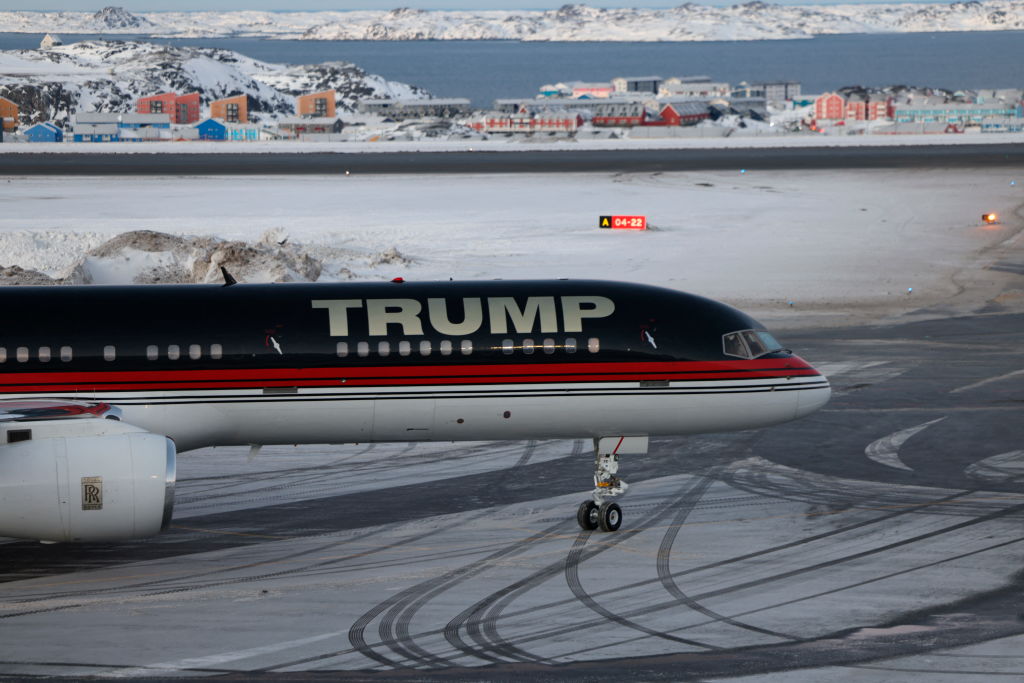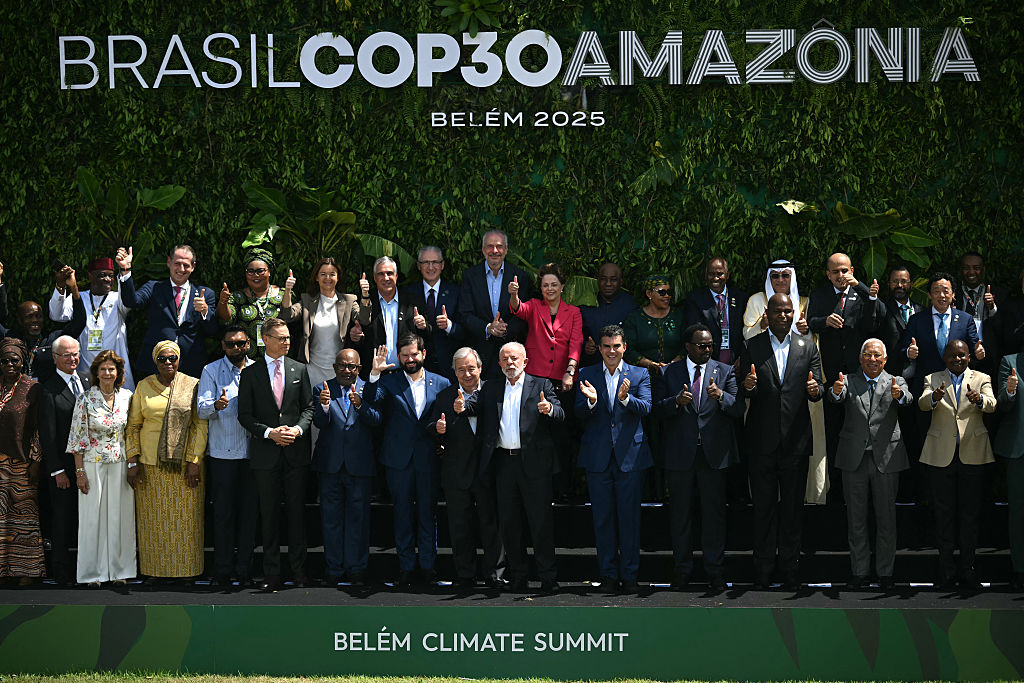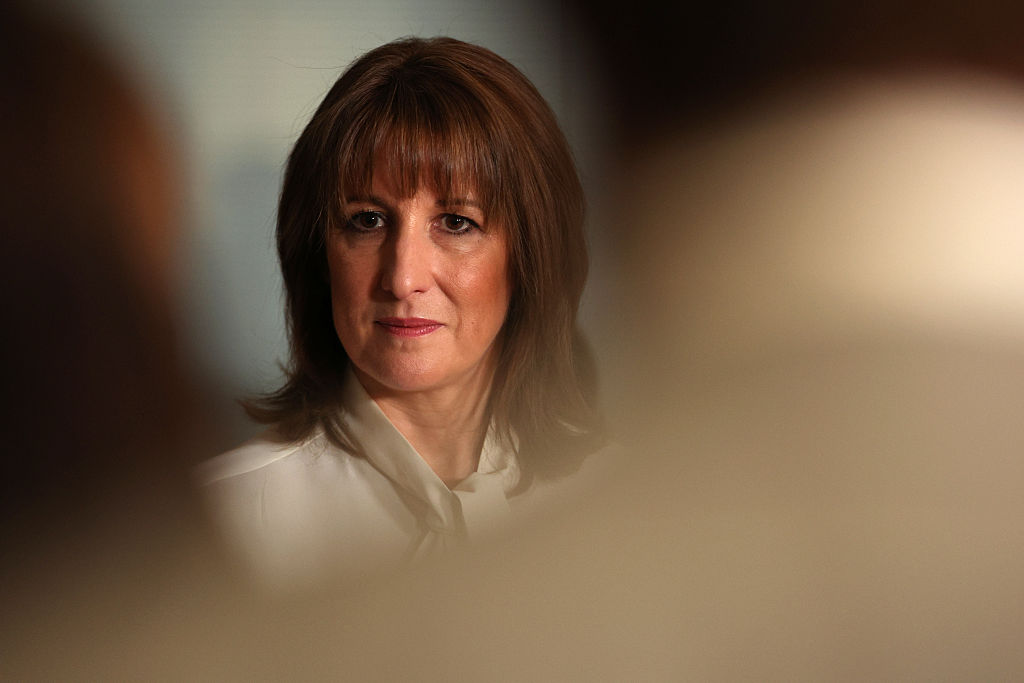Will Donald Trump invade Greenland?
Donald Trump has announced renewed interest in taking over Greenland, an autonomous territory of Denmark. Why does he want it and what are the implications?

Ahead of his inauguration, Donald Trump engaged in some sabre-rattling. Not against America’s enemies, though, but three close allies: Denmark, Canada and Panama. Trump’s musings about absorbing Canada as the 51st US state were mostly treated as bombastic posturing. But his threat to annexe Greenland – a self-governing territory of Denmark – spooked European allies. Denmark and the US are long-time Nato allies, and Greenland is already home to a large US airbase. Taking it by force would blow up the Western alliance. But Trump said it was an “absolute necessity” for the US to now take “ownership and control” of the resource-rich Arctic territory – two million square kilometres, and home to fewer than 60,000 people. “We need it for national security,” he said, refusing to rule out military force.
The history behind the US attempting to buy Greenland
In his first term, in 2019, Trump floated the idea of buying Greenland from Denmark – a proposition that was then seen as almost laughable. However, US ambitions to have control of the Arctic island date back more than 150 years, and are both serious and entirely rational. In 1868, US secretary of state William Seward pursued the acquisition of both Greenland and Iceland from Denmark, reportedly for the sum of $5.5 million. It followed the successful purchase of Alaska from Russia the previous year, for $7.2 million. Negotiations broke down after Congress nixed the plan. Similar stalled talks took place in 1910, but in 1917 the US formally recognised Denmark’s ownership of Greenland in exchange for the US acquisition of the Danish West Indies – now the US Virgin Islands.
What’s changed?
In World War II, the US military secured Greenland, with Danish agreement. And in 1946, president Harry Truman offered Denmark $100 million (about $1.6 billion today) for the island. Although this was rejected, Denmark and the US signed a major defence agreement in 1951, which confirmed Danish sovereignty but allowed the US to keep its military bases in Greenland and open ones if deemed necessary by Nato. The main installation was the Thule airbase, on the northeast coast 750 miles north of the Arctic Circle, which was greatly expanded in the early 1950s. Now renamed the Pituffik space base – and home to 200 US military personnel plus 450 forces and contractors from allies – it has the most northerly deep water port in the world, as well as a 3km runway and extensive missile warning and space surveillance systems. Denmark’s military capabilities on the island are limited to four inspection vessels, a Challenger surveillance plane and some dog-sled patrols.
MoneyWeek
Subscribe to MoneyWeek today and get your first six magazine issues absolutely FREE

Sign up to Money Morning
Don't miss the latest investment and personal finances news, market analysis, plus money-saving tips with our free twice-daily newsletter
Don't miss the latest investment and personal finances news, market analysis, plus money-saving tips with our free twice-daily newsletter
Who owns Greenland?
In modern times, Greenland was incorporated into the Danish realm in 1953, meaning Greenlanders became Danish citizens. Following a referendum in 1979, Greenland was granted home rule as a self-governing territory of the kingdom of Denmark – and was granted further autonomy following a second referendum in 2008. Denmark retains control of external policies, security and natural resources – and provides subsidies of about $600 million, more than half the Nuuk government’s revenues. Its people are legally EU (Danish) citizens.
Why does Trump want Greenland?
For its location and resources. The Thule base was of vital significance as an antiballistic missile early-warning system during the Cold War, because the shortest route from Europe to North America runs via the Arctic island. That remains the case. In addition, the strategic importance of the Arctic is getting ever greater as temperatures rise and new sea routes open up. Trump says the US should take control of Greenland to protect the free world, suggesting it’s under threat from China and Russia.
What are Greenland's biggest resources?
Greenland has reserves of 43 of the 50 minerals deemed critical to national security by Washington, including probably the largest deposits of rare-earths outside China – vital for the green energy revolution, as well as cutting-edge military hardware. As such, says Roger Boyes in The Times, Trump’s renewed interest in Greenland marks a recognition that “the global climate really is changing the strategic environment”. A melting Arctic means easier mining access to nickel and cobalt, essential for batteries. “And it will break Western dependency on China for the rare metals needed for microchips and sonar systems.” So Trump’s interest is far from irrational – and indeed a stronger US presence in the Arctic might ultimately benefit the West’s interests as a whole.
What will happen to Greenland?
Opinion polls suggest that about two-thirds of Greenlanders support eventual independence, and 60% want closer relations with the US. Some “sense an opportunity to leverage Trump’s interest into greater autonomy”, says The Economist. For example, US investment in rare-earths mining could help wean the local economy off Danish handouts. Yet there’s no appetite in Greenland for replacing the former colonial overlords in Copenhagen with new ones in Washington. In terms of sovereignty, Greenland is not Denmark’s to sell – a fact acknowledged by Danish prime minister Mette Frederiksen, while making clear that Denmark was open to discussions with its US ally about the island’s future. What’s most plausible is that Trump plans to pressure Denmark, and tempt Greenlanders, into a range of new economic and military arrangements that bring Greenland a lot closer to the US.
What does it mean for Europe?
Ominously for Europe and the future of the Western alliance, Trump’s “naked expansionism is, in its own paradoxical way, a marker of imperial retrenchment”, says Aris Roussinos on UnHerd. Trump’s focus on shoring up the core US empire – including control of vital trade routes in central America and the Northwest Passage – signals a reversion to America’s 19th-century status as “the hegemon of the Western hemisphere rather than the provider of global order”. For a Europe in decline, that means an increasingly transactional and unpredictable relationship with the US, and a “security umbrella” that comes at a hefty price.
This article was first published in MoneyWeek's magazine. Enjoy exclusive early access to news, opinion and analysis from our team of financial experts with a MoneyWeek subscription.
Get the latest financial news, insights and expert analysis from our award-winning MoneyWeek team, to help you understand what really matters when it comes to your finances.
Simon Wilson’s first career was in book publishing, as an economics editor at Routledge, and as a publisher of non-fiction at Random House, specialising in popular business and management books. While there, he published Customers.com, a bestselling classic of the early days of e-commerce, and The Money or Your Life: Reuniting Work and Joy, an inspirational book that helped inspire its publisher towards a post-corporate, portfolio life.
Since 2001, he has been a writer for MoneyWeek, a financial copywriter, and a long-time contributing editor at The Week. Simon also works as an actor and corporate trainer; current and past clients include investment banks, the Bank of England, the UK government, several Magic Circle law firms and all of the Big Four accountancy firms. He has a degree in languages (German and Spanish) and social and political sciences from the University of Cambridge.
-
 High earners face £15k income hit by 2029 following Autumn Budget
High earners face £15k income hit by 2029 following Autumn BudgetRachel Reeves’s Autumn Budget means high earners – or HENRYs – are now looking at an income hit running into the thousands. Can you avoid it?
-
 Millions underestimate how many paydays are left until retirement - why you should be counting your payslips
Millions underestimate how many paydays are left until retirement - why you should be counting your payslipsKeeping track of how long you will be earning a salary for can help work out how much you need to put into a workplace pension
-
 Renewable energy funds are stuck between a ROC and a hard place
Renewable energy funds are stuck between a ROC and a hard placeRenewable energy funds were hit hard by the government’s subsidy changes, but they have only themselves to blame for their failure to build trust with investors
-
 The war dividend – how to invest in defence stocks as the world arms up
The war dividend – how to invest in defence stocks as the world arms upWestern governments are back on a war footing. Investors should be prepared, too, says Jamie Ward
-
 Did COP30 achieve anything to tackle climate change?
Did COP30 achieve anything to tackle climate change?The COP30 summit was a failure. But the world is going green regardless, says Simon Wilson
-
 Rachel Reeves's punishing rise in business rates will crush the British economy
Rachel Reeves's punishing rise in business rates will crush the British economyOpinion By piling more and more stealth taxes onto businesses, the government is repeating exactly the same mistake of its first Budget, says Matthew Lynn
-
 Leading European companies offer long-term growth prospects
Leading European companies offer long-term growth prospectsOpinion Alexander Darwall, lead portfolio manager, European Opportunities Trust, picks three European companies where he'd put his money
-
 How to capitalise on the pessimism around Britain's stock market
How to capitalise on the pessimism around Britain's stock marketOpinion There was little in the Budget to prop up Britain's stock market, but opportunities are hiding in plain sight. Investors should take advantage while they can
-
 London claims victory in the Brexit wars
London claims victory in the Brexit warsOpinion JPMorgan Chase's decision to build a new headquarters in London is a huge vote of confidence and a sign that the City will remain Europe's key financial hub
-
 The consequences of the Autumn Budget – and what it means for the UK economy
The consequences of the Autumn Budget – and what it means for the UK economyOpinion A directionless and floundering government has ducked the hard choices at the Autumn Budget, says Simon Wilson